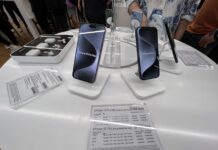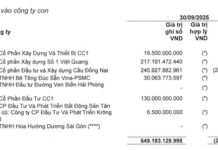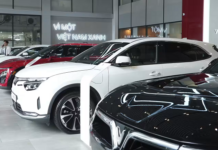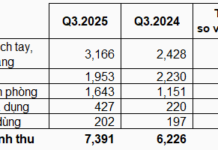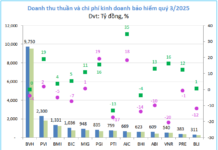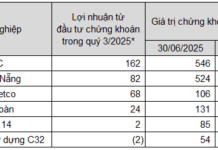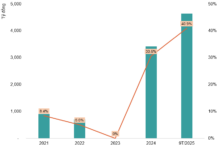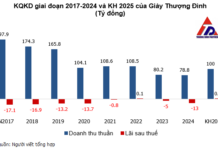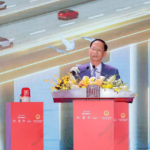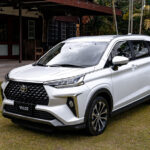According to a report from the Vietnam Automobile Manufacturers’ Association (VAMA), the combined sales of Japanese car brands, including Toyota, Honda, Mitsubishi, and Mazda, surged by over 20% compared to the previous quarter.
What’s Driving the Surge in Japanese Car Sales?
Toyota Vietnam led the charge with an impressive growth rate of nearly 30%, primarily driven by flagship models such as the Corolla Cross, Vios, and Hilux. Notably, the newly launched Yaris Cross also played a significant role in boosting the company’s sales after months of sluggish performance.
Honda Vietnam recorded an 18% increase, with the domestically assembled new-generation CR-V gaining traction among consumers due to its redesigned aesthetics and enhanced features.
Mitsubishi showed signs of recovery, with the Xpander maintaining its position as one of the best-selling MPVs. Mazda experienced modest growth, thanks to substantial discounts and promotions during September.
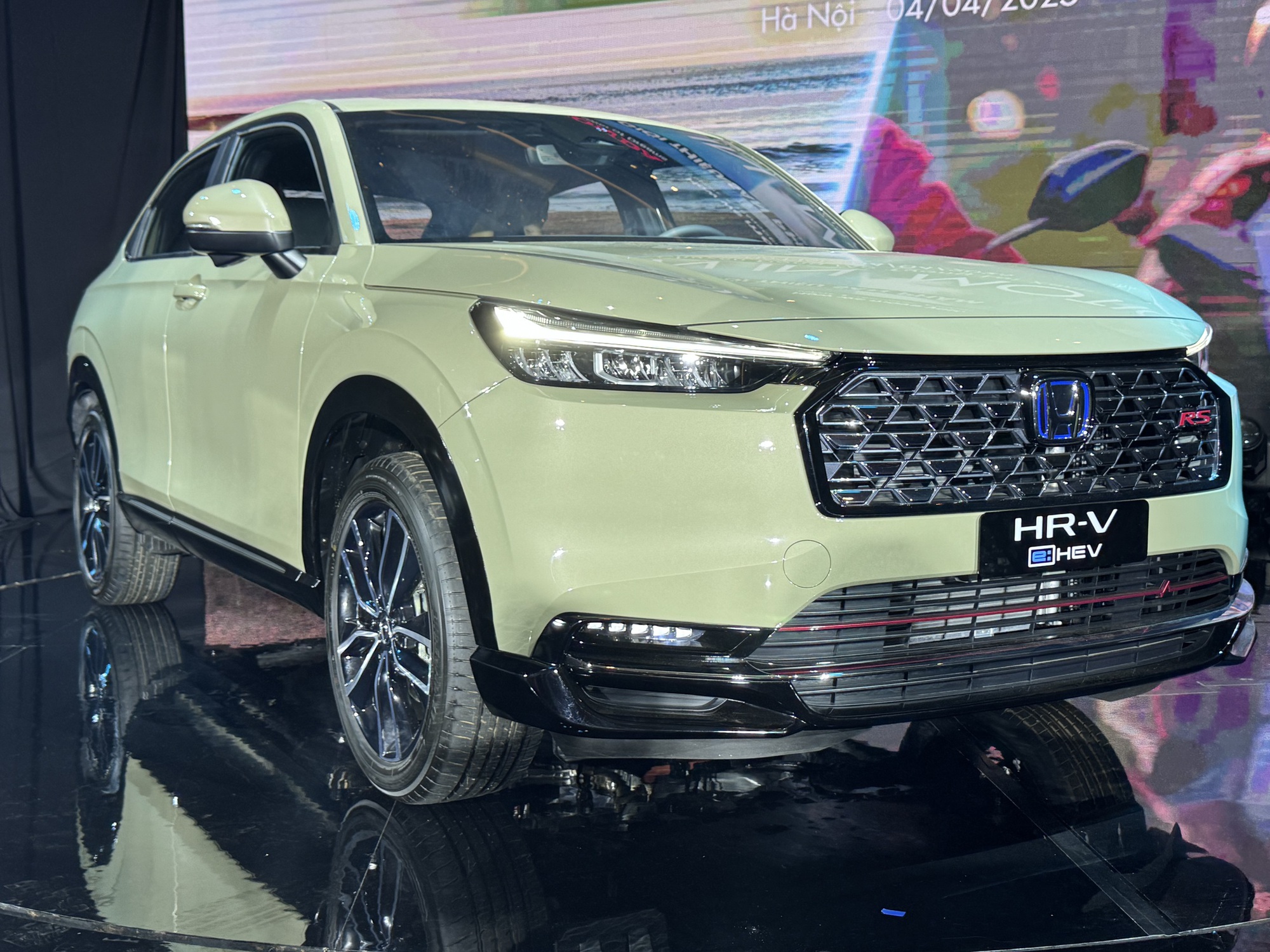
The CR-V, Honda’s new model, has revitalized the brand’s sales in Vietnam.
Industry insiders note that after months of lackluster performance, Japanese carmakers have effectively leveraged the market’s slow period to restructure their product portfolios and pricing strategies. Many models have seen price adjustments, coupled with aggressive promotions such as registration fee support or complimentary maintenance packages, stimulating consumer demand.
Additionally, Vietnamese consumers are returning to the traditional strengths of Japanese vehicles: durability, fuel efficiency, and low operating costs.
Meanwhile, some buyers who previously opted for Chinese or Korean cars are now reconsidering due to concerns over quality, resale value, and maintenance expenses.
Japanese Cars Outpace Korean Competitors
VAMA’s report reveals that in the first nine months of the year, Toyota Vietnam sold 48,126 vehicles across various models. Top performers include the Yaris Cross with 9,655 units, Vios with 8,496 units, Corolla Cross with 6,161 units, and Veloz Cross with 5,408 units. In September alone, Toyota’s sales soared to 7,013 units, a 35.6% increase from the previous month’s 5,171 units.
Remarkably, the Toyota Vios dethroned the Honda City (which sold only 475 units) to reclaim the top spot in the B-segment sedan category, with 1,292 units sold.
Another Japanese brand, Mitsubishi, achieved impressive sales of over 25,000 units in the first nine months. Its two flagship models, the Xpander and Xforce, dominated with nearly 20,000 units sold—11,500 for the Xpander and over 8,000 for the Xforce.
Mazda also performed well, delivering 21,772 vehicles to customers in the first nine months. The CX-5 led the way, accounting for half of the brand’s sales with 11,306 units.
While Honda’s total sales were lower at 17,829 units, several models stood out, including the City with 6,377 units, CR-V with 4,155 units, and HR-V with 3,859 units.
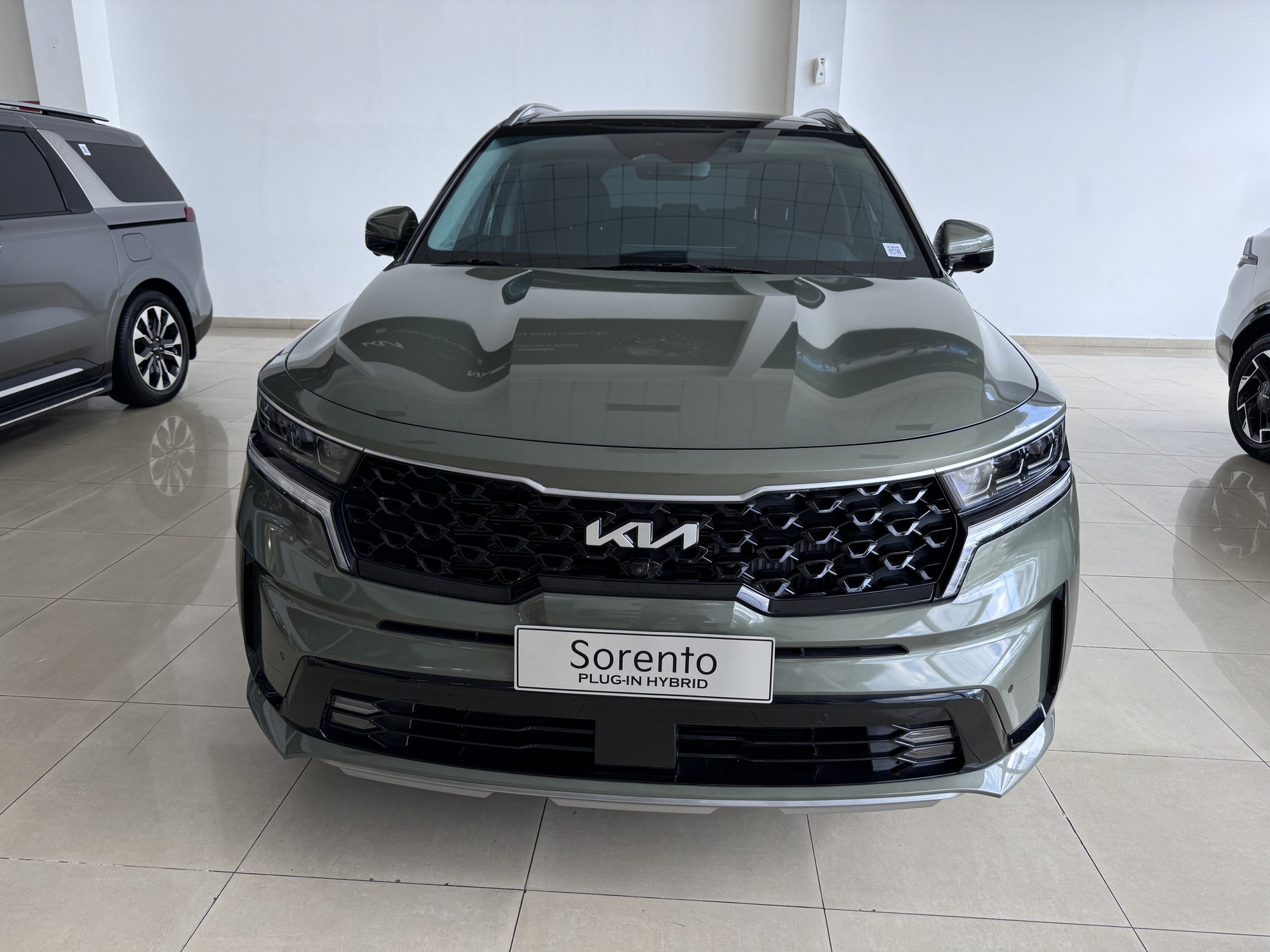
Korean car sales are on the decline.
In contrast, Korean car brands have seen a significant drop in sales due to underwhelming performance.
Kia, for instance, sold only 17,817 units in the first nine months, with its top-selling models, the Seltos and Sonet, achieving modest figures of 3,946 and 3,591 units, respectively.
Hyundai reported sales of 31,506 units across all vehicle types, including commercial vehicles, for the first eight months.
Excluding commercial vehicles (8,139 units), passenger car sales totaled just over 23,000 units. The brand’s best-selling models, such as the Tucson, Accent, and Creta, sold 4,958, 4,629, and 4,177 units, respectively.
7-Seater Car Models Now Available at Prices Comparable to 4-Seater Vehicles
The Vietnamese automotive market is undergoing a significant shift, as many 7-seater vehicles are now priced comparably, and in some cases, even lower than certain 4-seater models.


